The “Hamsters” are rodents from the subfamily ‘Cricetinae’
which includes around 25 breeds categorized in 6 or 7 species. They have become
acquainted as common minor house-pets as they are easy to produce in detention,
Hamsters are also frequently used as workshop animals.
Hamsters are very crepuscular than nighttime and, in the
wild, they live underground during the day to evade being trapped by the hunters.
They feed mostly on seeds, fruits, and vegetation, and will infrequently eat digging
insects. As one of their more protuberant physiognomies, they have extended
cheek pouches spreading to their shoulders, which they use to transport food
back to their holes.
Appearance and Size
Hamsters are usually stout-bodied, with tails smaller than
body size, and have small, hairy ears, small, sturdy legs, and extensive feet.
They have dense, silky hair, which can be long or small, decorated with black,
grey, honey, white, brown, yellow, red, or mix colors subject to the breeds.
Two types of Hamster are from the species “Phodopus”, “Campbell's Dwarf Hamster”
and “Djungarian Hamster”.
The breed of genus “Phodopus” are the minutest with body
length 2.2 inches to 4.1 inches (5.5 cm to 10.5 cm). The biggest one is “European
Hamster” with a body length up to 13.4 inches (34 cm), not counting a short tail
of up to 2.4 inches (6 centimeters).
The Hamster tail can be hard to look, as it is generally not too
long which is approximately one-sixth (1/6) the length of the body, with the exclusion
of “Chinese Hamster” which has a tail of the same length as the body. Hamsters are
very supple, but their bones are slightly delicate. They are very prone to fast
temperature variations and drafts, besides the extreme heat or cold.
Senses
Hamsters have less eyesight and they are shortsighted and
colorblind. Hamsters have scent glands on their sides which they lap with the
substrate, parting a scent trace. Hamsters also use their intelligence of smell
to differentiate between the sexes and to find the food. They are also most
sensitive to high-pitched sounds and can hear and communicate in the ultrasonic
assortment.
Hamsters Diet
The Hamsters are omnivores. While pet Hamsters can live on the food
of solely commercial hamster diet, other items, for instance; vegetables,
fruits, seeds, and nuts, can be provided. Hamsters in the Middle East have been
recognized to hunt in packs to catch insects as their food. Hamsters are
hindgut fermenters and they eat their own feces to get well nutrients digested
in the hindgut, but not engrossed.
Hamsters Behavior
Social nature of Hamsters is food storing habits. They bring food
in their large cheek pouches to their underground storage halls. When filled,
the cheeks can make their heads duple, or even triple in size.
Social Behavior
Maximum Hamsters are severely unsociable. If kept together,
acute and long-lasting stress may happen, and they may fight ferociously, occasionally
seriously. Dwarf Hamster breeds may bear conspecifics. Russian Hamsters make
close, faithful bonds with their couples, and if detached, they may become very
unhappy. This occurs, particularly in males. Males will become sedentary, eat
more, and even demonstrate some behavioral changes like sadness in humans.
This can even cause fatness in the Hamsters.
Burrowing Behavior
The ‘Hamsters’ are outstanding diggers, making holes with one
or more entrances, with passageways connected to halls for nesting, food storing
rooms, and additional events. They use their forelegs and rear legs, along with
their snouts and teeth, for excavating.
Society and Culture
The well-recognized breeds of Hamster are “Golden or Syrian Hamster”
which is mostly kept as pets. This breed is occasionally called ‘Fancy Hamster’.
The pet-trade and fanciers have specified names to numerous color differences, comprising
Honey Bear, Panda Bear, Black Bear, European Black Bear, Polar Bear, Teddy Bear,
and Dalmatian. Some differences, comprising long-haired changes, grow hair
several centimeters lengthy and frequently need special care.
The other Hamsters retained as pets are many breeds of ‘Dwarf
Hamster’. Campbell's Dwarf Hamster is very common. They are also occasionally
called “Russian Dwarfs”. The coat of “Djungarian or winter-white Russian Dwarf
Hamster” turns nearly white during winter. The “Roborovski Hamster” is very small
and active, thus it is very hard to keep them as pets. The “Chinese Hamster” is
a unique hamster with a prehensile tail of around 4 centimeters long. Maximum Hamsters
have a very short and nonprehensile tail.
Numerous breeders also display their Hamsters so breeding a good,
vigorous, and show hamster, the quality and temperament are of great importance
when planning the breeding.
Hamster Shows
The “Hamster shows” are also events where people share their interests
for the Hamsters. Hamster shows feature a demonstration of Hamsters joins in the
judging. The arbitrating of Hamsters generally comprises a goal of encouraging HAMSTERS
which conform to natural or recognized breeds of Hamsters.
History
While “Syrian Hamster” or “Golden Hamster” was initially defined
systematically by ‘George Robert Waterhouse’ in 1839, the researchers were not capable
to successfully produce and tame Hamsters until 1939. The whole laboratory and
pet inhabitants of “Syrian Hamsters” seem to be offspring of a single
brother-sister coupling. These littermates were caught and imported in 1930
from Aleppo (Syria) by Israel Aharoni (a zoologist of the University of
Jerusalem).
In Jerusalem, the hamsters were produced well. After some
years, animals of this unique breeding society were exported to the United States
of America, where “Syrian Hamsters” became one of the more famous pets and
laboratory-animals. Relative studies of domestic and wild ‘Syrian Hamsters’ have
revealed less genetic changeability in the native strain. However, the changes
in social, chronobiological, morphometrical, hematological, and biochemical constraints
are comparatively small and fall into the predictable range of interstrain differences
in other research laboratory animals.








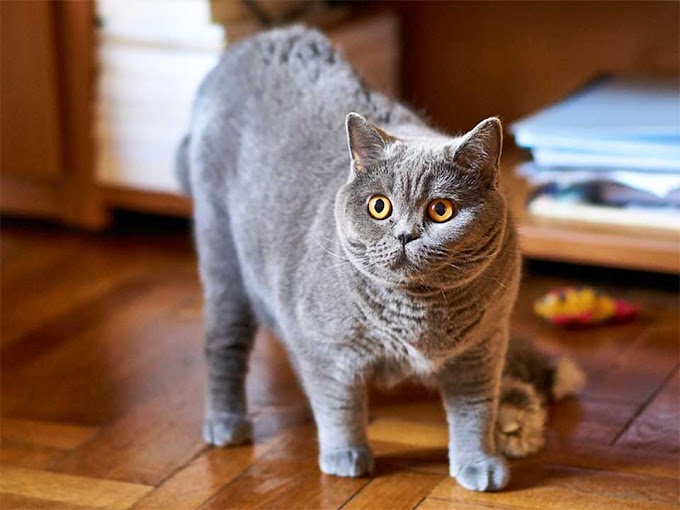
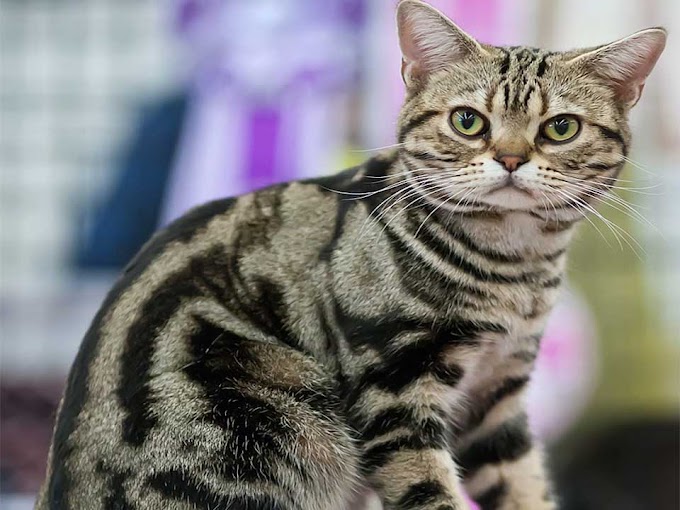
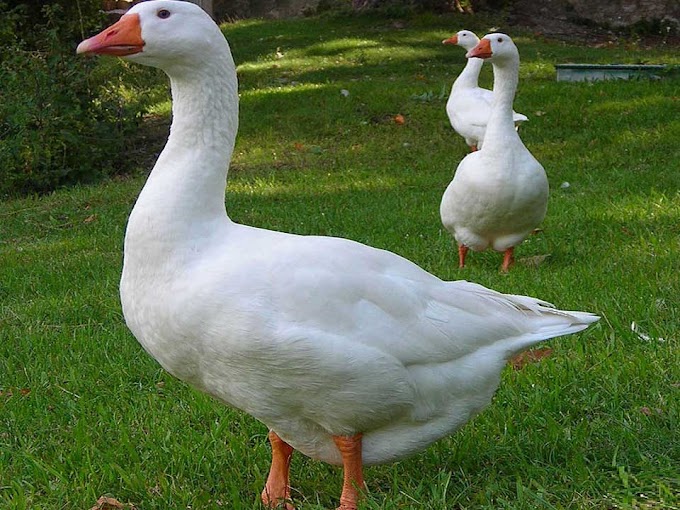

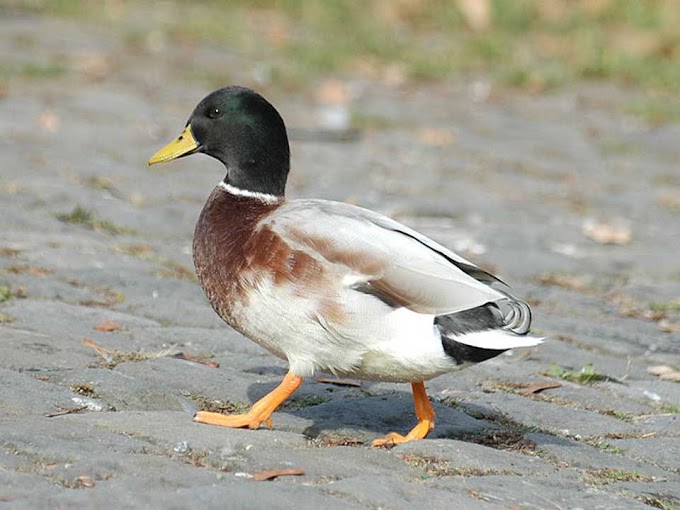
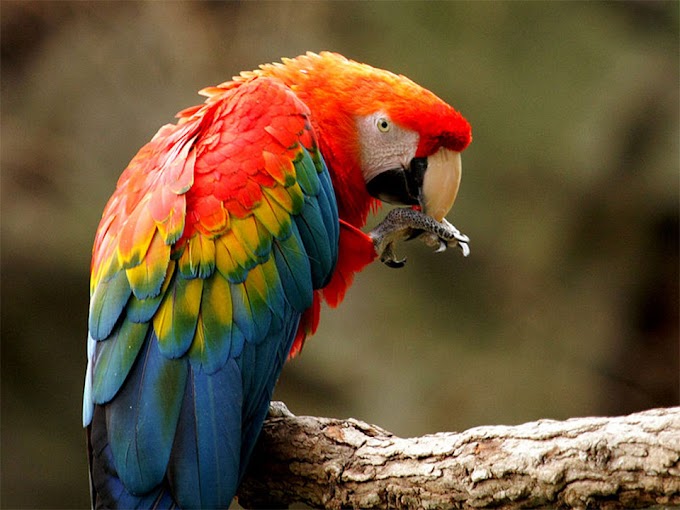

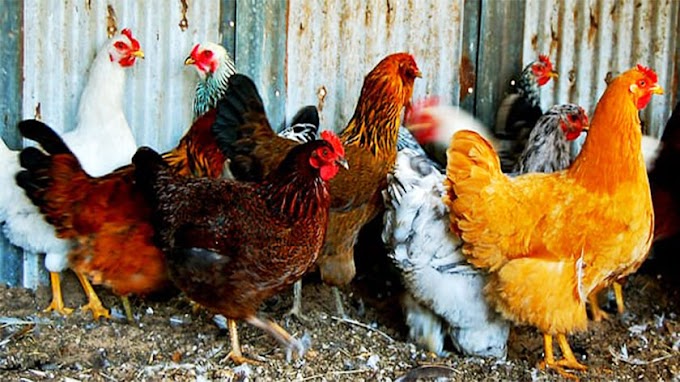
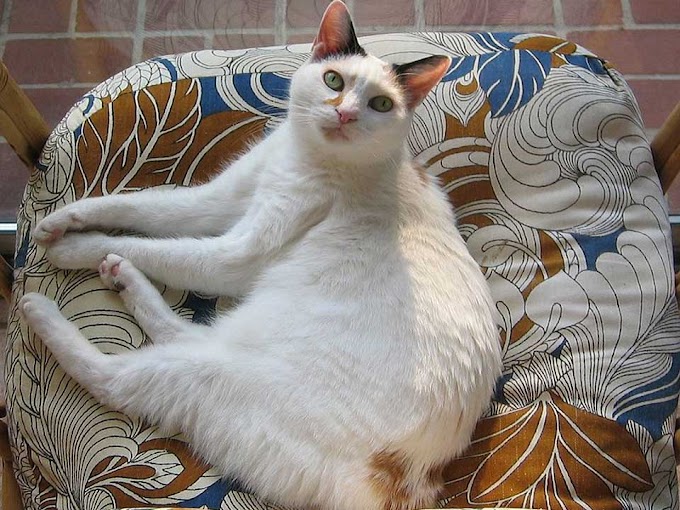
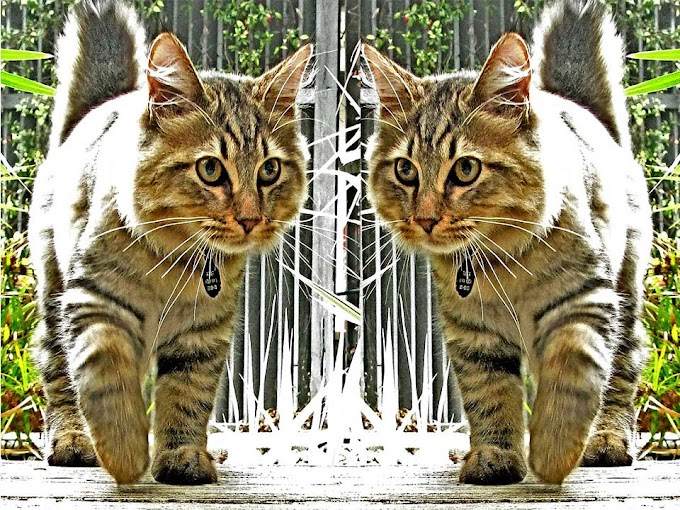
0 Comments